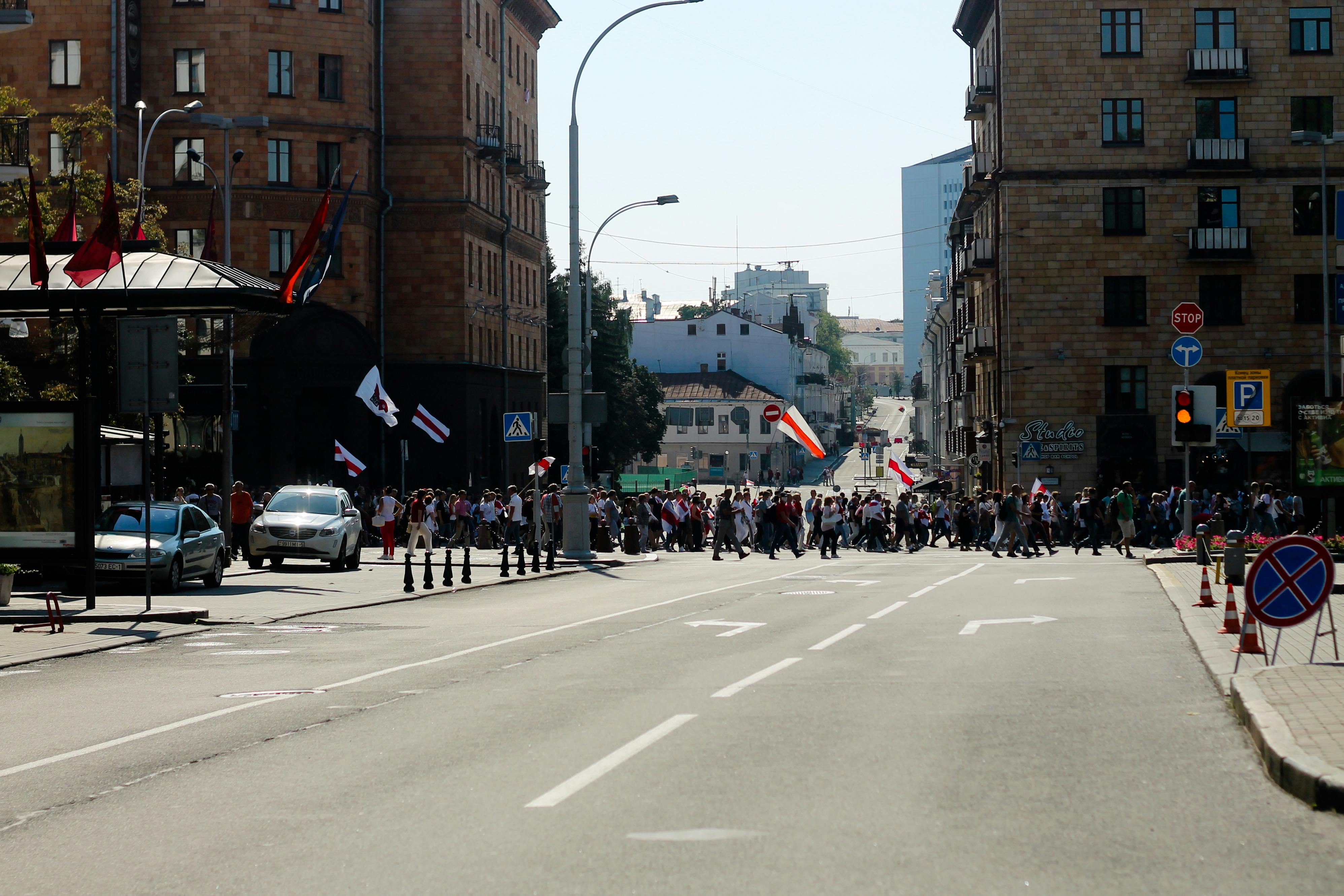The 1972 UNESCO Treaty, to which Mexico and all Central American countries are signatories, prohibits the export of “cultural heritage,” any pottery or art object of cultural importance. Anything that can be proven to have been acquired before 1972 is a legally acquired item, however, possession of any item exported from its country of origin after that time is illegal to purchase, own, or possess and violators may be prosecuted. severely. In some countries, Honduras for example, it is illegal for even native citizens to own or own original Mayan artifacts.
Before you even consider buying Mayan art, there are a few terms you should be very familiar with:
ORIGINALS: These are items made by hand by the Maya in prehistoric times, almost always pre-Columbian, and generally excavated from a known archaeological site. Any legitimate original items will have a legal provenance showing their purchase prior to 1972.
REPLICA: These are made in the same way as the originals, using original materials and pigments and often made in the same place by Mayan descendants. These are made to be as close in appearance to the originals as possible, sometimes an exact copy, but are NOT being sold as originals. Many of these are museum quality and strikingly beautiful, but the seller makes no claim to their authenticity.
REPRODUCTION: The reproductions are modern and little effort is made to ensure the use of original materials, although many are very well done and quite beautiful. They are made in larger numbers than replicas and are mainly marketed to foreign tourists.
RENINISCENT: These are low-end tourist “junk”. No attempt at authenticity is made, just something to take home to remember a trip and may be named after the city or tourist attraction. These can be made and imported from China or Taiwan.
COUNTERFEITS: Herein lies the problem. Counterfeits are a deliberate attempt to mislead or defraud a buyer. The antiques market, and especially the Internet, is awash with fakes. Expert collectors and museum curators have estimated that more than 90 percent of online sales of “pre-Columbian” Maya art are forgeries, sometimes costing the buyer thousands of dollars. Determining if a piece is fake is very difficult without the use of sophisticated and expensive colorimetric or atomic absorption equipment, and some have ended up in museums for years only to find out later that they are not genuine.
A quick look at eBay, Amazon, or other online auction sites will reveal dozens of offerings for pre-Columbian Mayan art. Sale prices range from hundreds to over ten thousand dollars. Few attempt to offer proof of authenticity other than their own reputation at online auctions. Anyone thinking of buying Maya art that is represented as genuine should insist on serious legal provenance, including sales receipts and bills of lading showing items were imported before 1972. Not all auction sales are frauds. or scam attempts in any way. Most are probably listed as genuine due to the seller’s ignorance of their item and the law. However, there are many sellers who make a lot of money through deliberate scams.
There are many replicas and reproductions of Mayan art that make excellent displays and conversation starters for the home of most people interested in the genre. Most viewers would find it difficult to know that they weren’t a thousand years old. However, if you insist on only having an authentic vintage piece, also insist on proper legal provenance to avoid losing a lot of money and the possibility of a legal challenge. With proper vigilance it is still possible to have a magnificent original piece of Classic Mayan art.
